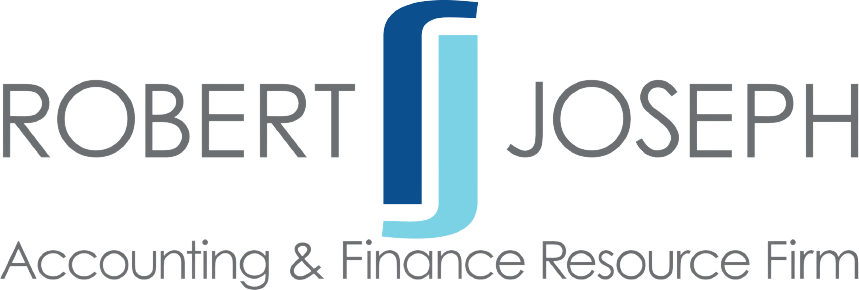The Fraud Triangle – What Can You Do About It?
In 1953, Donald R. Cressey, an American penologist and criminologist, published Other People’s Money: A Study in the Social Psychology of Embezzlement. He hypothesized that:
Trusted persons become trust violators when they –
- Conceive themselves as having a non-sharable financial problem
- Are aware that this problem can be secretly resolved (by violation of their position of financial trust)
- Apply to their conduct in that situation with verbalizations that enable them to adjust their conceptions of themselves as trusted persons with their view of themselves as users of the entrusted funds or property.
In simpler terms – given the right amount of pressure and the perfect opportunity, a fraudster will mentally justify fraud and commit theft, believing themselves entitled to those assets.
This is also known as the Fraud Triangle, a theory Cressey introduced in his book and continued developing over the next three decades. His theory is that all three components of the Fraud Triangle must also be present where there is fraud. Although there have been several adaptations, the triangle remains a standard criterion for measuring and investigating fraud risk today.
Opportunity
The first point of the triangle is opportunity.
When there is a lack of internal controls, few checks, and balances, or a lack of oversight, it provides a setting with little accountability. For a fraudster, this paves the way for stealing. Another thing that opens the door for fraudulent activity is the tone of upper management. An attitude of carelessness and disregard for procedures or accurate accounting makes fraud much easier to begin and continue undetected.
Pressure
The second element is pressure or incentive.
These are the emotional or financial motivations behind their whole scheme. At the root, there is a perceived and (sometimes) desperate need for more money. This need may be caused by illicit activities such as gambling and addictions, an opulent lifestyle, or even pure greed. Other financial stressors may include the possibility of losing a home, losing a loved one, custody battles, or even challenges on the job.
Rationalization
The final point of the fraud triangle is rationalization.
A fraudster will justify their embezzlement, revisiting these rationalizations over and over. Some common justifications include:
- “My boss owes me this!”
- “No one will ever know.”
- “It’s just this once.”
- “It’s for my family.”
- “I have to do this — there is no other way.”
What Can You Do?
The problem with fraud is that once someone begins, they often must continue to cover their tracks. So nipping it in the bud is crucial. One of your biggest protectors starts by eliminating the opportunity. Protect yourself from fraud by establishing a network of internal controls and checks and balances, preventing any one person from carrying responsibility for a financial transaction from start to finish. It makes fraud much more difficult and even more challenging to continue. If you’re looking for help in attracting top-tier talent to add to your accounting team, reach out to us at The Robert Joseph Group. With the highest degrees of professionalism and expertise, we will send you the talent you need. Contact us today!
